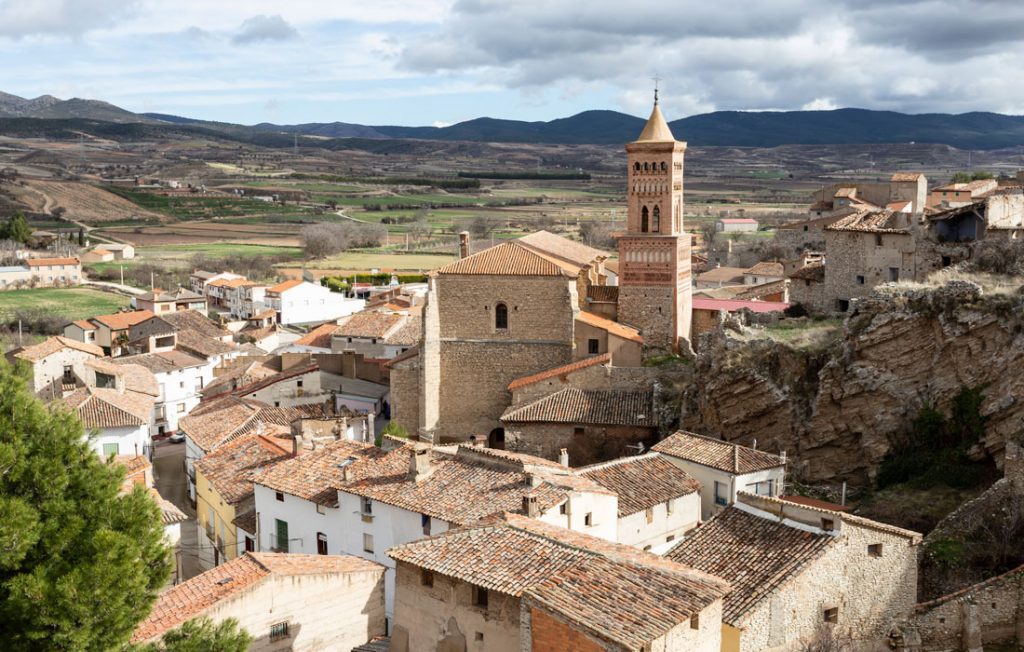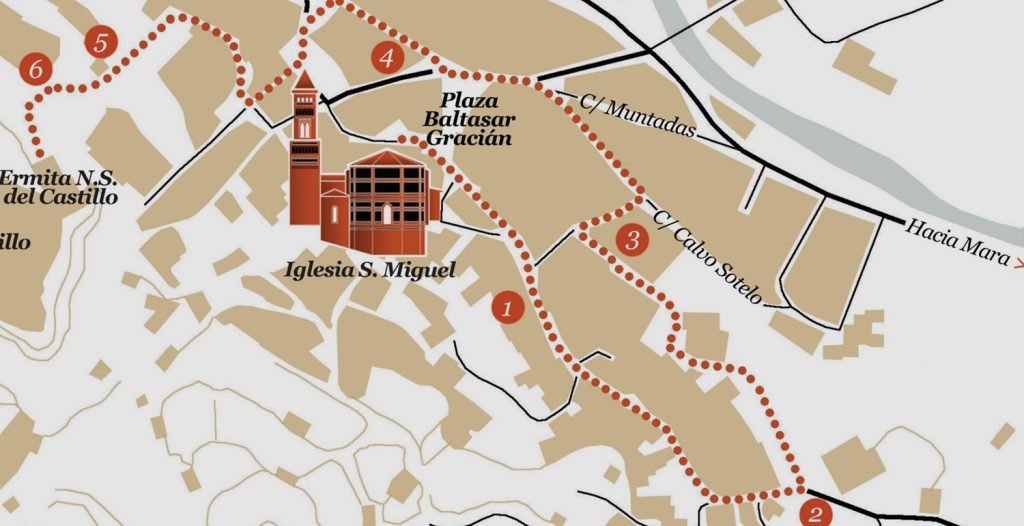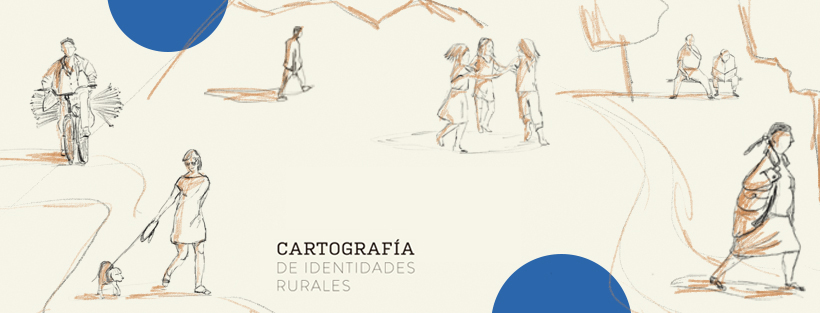Circular from the rural school
The “Circular from the rural school” project is a cooperation project between rural development groups led by the Asociación Territorio Mudéjar.
The following have participated in the project: ADRI Calatayud-Aranda, ADRI Jiloca-Gallocanta, FEDIVALCA -Valdejalón and Campo de Cariñena-, ASOMO Tarazona and el Moncayo, CEDEMAR -Bajo Aragón Caspe and Ribera Baja del Ebro-, ADRAE -Ribera Alta del Ebro- and ADEFO Cinco Villas.
The objective is to develop educational materials around the Mudejar identity of the towns, placing rural schools and the educational community of the towns as the center of the project.
Based on the work developed, for almost three years, the students of fifteen schools have designed a walk through their town in which we can learn about the main points of interest and their connection with the Mudejar culture.

Morata de Jiloca
The tour has been carried out following the working model of the schools that participated in the project and adapted to the town of Morata de Jiloca.
Morata de Jiloca is located in a privileged natural enclave, surrounded by the Jiloca plain and the Cárcavas. The abundance of resources, water and materials favoured the settlement of different populations throughout history.
Undoubtedly it was the Arabs, and later the Mudejars, who left the greatest mark on the territory, which you will discover on this tour.

1. History of the town
During medieval times Morata de Jiloca had a Mudejar population. One of the remains of its history is the castle that dominated the town. We do not know when it was built, but we do know that it was besieged in 1357 during the wars against Castile. Nowadays there are hardly any remains, but you can still make out the beginnings of it on one of the highest points in the town.
This point is linked to the didactic activity 1.

2. Construction materials
The Casa Costea is a Renaissance palace from the 16th century. In this example of architecture, we can see the importance of the building materials. The most commonly used materials were clay, plaster, alabaster and wood, located in the vicinity of the towns, what we would call “local materials”. In Morata de Jiloca, the landscape of the Cárcavas stands out, with its clay formations of great interest.
This point is linked to the didactic activity 3

3. Coexistence of cultures
The Christians conquered the territory in the 12th century. The ancient settlers of our territory, the Muslims, remained in it because they were fundamental to sustain the economy and society of the time. They carried out valued jobs such as agriculture, craftsmanship and construction. In this way, and for many centuries, there was a cultural coexistence between Christians, Muslims and Jews that affected the way of life at the time.
This point is linked to the didactic activity 2

4. Mudejar Architecture
The great patrons of the time demanded architecture from Mudejar master builders, as it was to their taste. One of the best examples is the church of San Martín de Tours. It is a fortress church, which encompasses both religious and defensive functions through its construction. Furthermore, its façade is one of the best examples of ceramic wall decoration, which creates a play of light and shadow.
This point is linked to the didactic activity 4

5. Agriculture and landscape
The Muslims, on their arrival in the Iberian Peninsula, introduced their own crops and irrigation techniques to enable indigenous crops to flourish.
This fact completely changed the image of the landscape through the existence of irrigation elements such as irrigation ditches, waterwheels and waterwheels, the use of which has been maintained to the present day. In the case of Morata de Jiloca, the landscape of the fertile plain and its crops make up the main economic livelihood of the town, especially the cultivation of fruit trees (especially apple and pear trees).
In addition, the landscape surrounding the monument has become a symbol of the town’s identity.
This point is linked to the didactic activity 6

































































